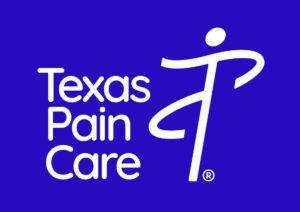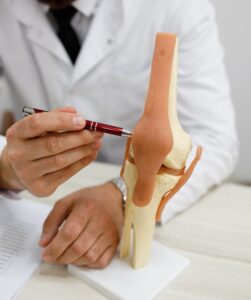
Our knees endure a lot of use and abuse on a daily basis. If you are experiencing chronic pain in one or both knees, a Genicular Nerve Block for Knee Pain Treatment could help you get back on your feet.
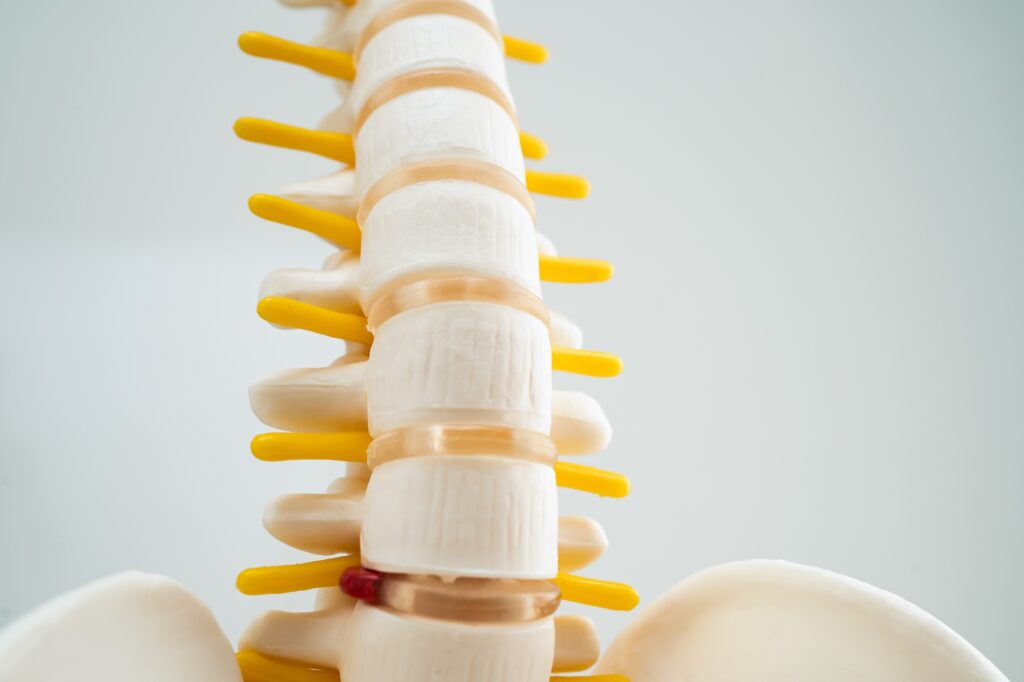
When most of us think about scoliosis we remember a quick check in middle school. However, there’s much more to it than that. While most scoliosis diagnoses are made in adolescence, scoliosis symptoms can increase or appear as the body ages, allowing for a late diagnosis and subsequent late treatment. For those who might have parents or relatives who have scoliosis, or who are beginning to experience symptoms of scoliosis in adulthood, it’s important to seek treatment to avoid worsening symptoms. The Texas Pain Care team in the Sugar Land, Missouri City and Houston areas are experts at both diagnosing and treating all forms of scoliosis so that their patients can enjoy less pain and more living. Discover relief with Scoliosis specialists in Texas.
Scoliosis is a condition where a person’s spine develops an abnormal curvature. The spine normally develops as a back-to-front curve, but scoliosis could result in a “C” curve or an “S” curve, both of which are side-to-side (or left and right) curves.
It is estimated that scoliosis affects 2% of people around the world. The primary age of scoliosis onset and diagnosis is adolescence, but almost half of all people over the age of 60 will suffer with scoliosis due to osteoporosis. Females have a higher chance of being diagnosed with scoliosis, especially if there is a genetic component involved.
While most cases of scoliosis are mild and can be treated with mild methods or even no treatment at all, severe causes of scoliosis can cause pain and improper posture, which can lead to other mobility and function issues.
Main Types of Scoliosis
There are three main types of scoliosis:
Idiopathic: the most common type, this version of scoliosis occurs for an unknown reason. Research suggests that it might be due to genetics.
Congenital: a rare spinal condition that is detected a birth, this most often happens if the vertebrae in the spine did not grow normally.
Neuromuscular: this is when scoliosis is a result of another medical condition in the body, making scoliosis a secondary condition. Abnormalities in the muscles and nerves that support the spine cause this type of scoliosis. The most common conditions include spina bifida, cerebral palsy, hereditary musculoskeletal disorders and muscular dystrophy. This condition can also be caused by physical trauma, spinal stenosis and osteoporosis.
Even if scoliosis doesn’t occur, or isn’t diagnosed, in adolescence, medical professionals might refer to scoliosis in adulthood as adult-onset scoliosis. A person might have mild, unproblematic and undiagnosed throughout their life, with diagnosis only being possible with age and as symptoms become worse. Degenerative scoliosis is also referred to those cases of scoliosis where a person’s discs and joints weaken or a decrease in bone density due to osteoporosis.
The most common symptom of scoliosis is a visible curvature of the spine. This can make clothes fit poorly or hang unevenly. Additional symptoms could include back pain, difficulty standing upright, weakness in core muscles, and feelings of numbness or weakness in the legs.
Additional signs of scoliosis can include any of the following, at which point it’s important to seek care from a trained medical professional:
In cases where scoliosis was left untreated, or the degree to which the spine is curving is so great, the patient could experience difficulty breathing and have decreased functionality. There is also the possibility that the rib cage causes damage to the surrounding vital organs due to its misplacement.
You can also send us a message
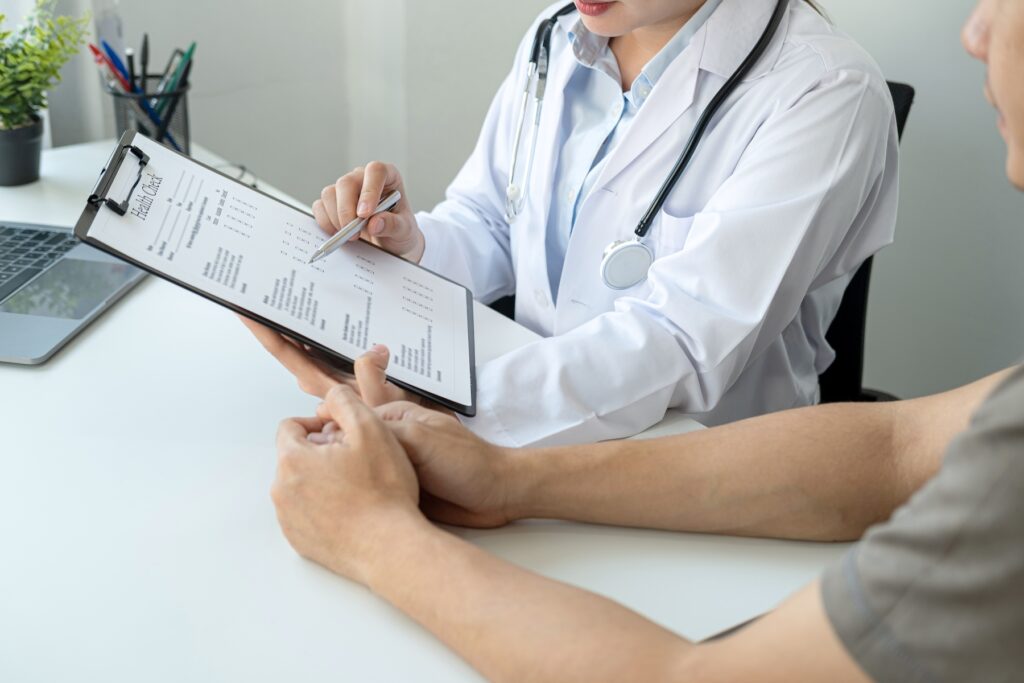
The first step for scoliosis treatment is to receive an accurate diagnosis with the help of a physical exam. The provider will examine both the shape of the spine and how you walk and stand, as well as testing your muscle strength and nerves. A Cobb’s Angle and X-rays are used to determine the exact curvature of the spine. Scoliosis is measured by the degree of the curve, ranging from no scoliosis (less than 10 degrees) to severe scoliosis (more than 40 degrees).
Treatment varies depending on the severity of the scoliosis diagnosis and the patient’s age. The goal of treatment is to decrease curve progression and symptoms, as well as improve the function of the spine and overall quality of life. Treatment methods range from conservative methods to surgery, and include:
Physical therapy: a great option for patients of all ages, physical therapy helps to strength the back muscles as well as the core muscle, which in turn help to better support a healthy and properly functioning spine.
Braces: most often used for patients in adolescence, braces help to direct the spines growth with a goal to lessen the degree of improper curvature.
Chiropractic care: a chiropractor can use natural chiropractic methods to help with posture and spinal alignment that also helps to decrease the pressure on the nervous system and strengthen the body's core muscles.
Occupational therapy: not necessarily designed to correct the scoliosis, occupational therapists help patients lead a more normal and physically active lifestyle, helping with posture and even job and lifestyle recommendations.
Surgery: this option is usually recommended only for patients who have a severe curve of the spine or those who are having other complications such as difficulty breathing or vital organ injury.
The best way to treat scoliosis is seeking help from a medical professional as soon as a curve in the spine is noticed or symptoms are felt. This will allow not only for the most conservative treatment methods to be effective, but also to minimize the progression of the curvature.
If you believe you might be suffering with signs and symptoms of scoliosis, or even if you think your child might be, please reach out to the Texas Pain Care team in the Sugar Land, Missouri City and Houston areas today. We are able to properly diagnose the exact severity of your scoliosis condition and recommend the best treatment methods to help you enjoy an active and healthy quality of life.

Our knees endure a lot of use and abuse on a daily basis. If you are experiencing chronic pain in one or both knees, a Genicular Nerve Block for Knee Pain Treatment could help you get back on your feet.

Dealing with chronic pancreatitis or pancreatic cancer is enough of a life stressor, so adding abdominal pain on top of it can be an unbearable situation. Thankfully patients are able to find relief with a celiac plexus block, which is a minimally-invasive treatment option that provides either short-term or long-term pain relief for abdominal pain.

If you’re experiencing pain in your upper extremities but have yet to find relief from either conservative methods or unsuccessful pain management treatments, there is thankfully another option. Stellate ganglion blocks have proven to be a successful method for helping patients finally find pain relief, as well as offer greater insight into why they are experiencing pain in the first place.
Get out of pain
Get back to living
Treatments
Conditions
